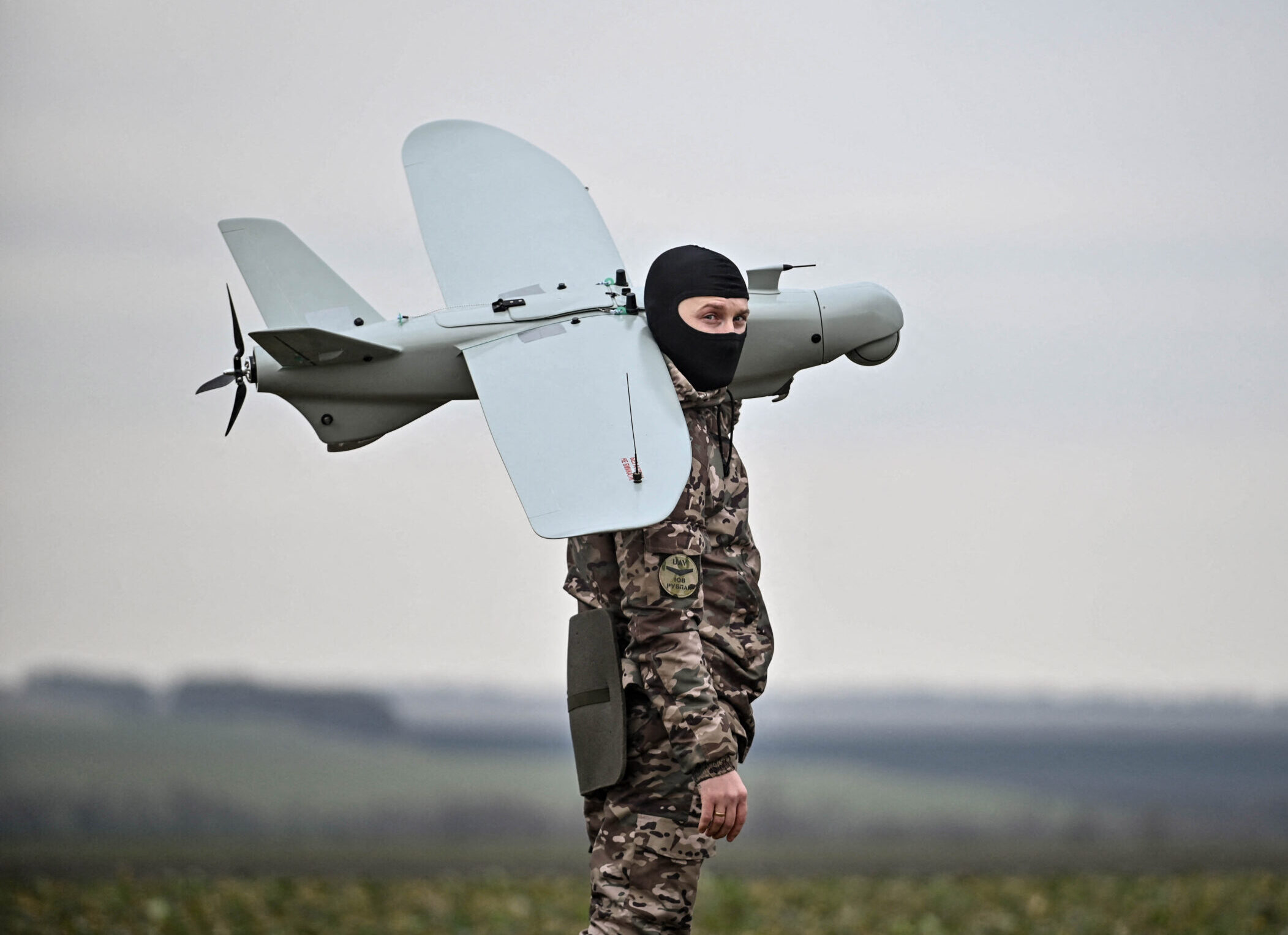As a major Army technology experiment rolls along in California, top leaders speaking at the McAleese annual defense forum Thursday teased other measures intended to help the service acquire new technology.
The efforts include a new cross-functional team focused on developing ways of identifying and targeting enemy formations at long range, Army Chief of Staff Randy George said. He said Army Futures Command chief Gen. Jim Rainey will make a further announcement on the deep sensing cross-functional team during the Global Force Symposium in Huntsville, Alabama in late March.
Meanwhile, the Army is working to field deep sensing systems such as the High Accuracy Detection and Exploitation System system, which will load spy gear into highflying jets more often used for corporate travel.
The service is also testing out high-altitude spy balloons at the latest iteration of Project Convergence, a major yearly experimentation event in California, George said.
George said the second brigade of the 101st Airborne Division would try new gear at Louisiana’s Joint Readiness Training Center, part of a modernization push that the chief has dubbed “transforming in contact.” The brigade has already become the first unit to widely use ATAK battlefield management software across multiple levels of command, from the squad level up to command posts.
The Army hopes to “use new buying models” to get the 101st Airborne Division and others their new equipment, George said. The fielding plan marks a departure from previous Army acquisition models, which more typically see the Army acquiring large numbers of a specific manufacturer’s system and then gradually spreading that system across the military.
“We have to change how we equip,” said George, pointing in part to the speed at which technology requirements have changed over time in Ukraine. “We have to get our soldiers the right technology when it is relevant with the ability to upgrade and adapt to the threat.”
Army Under Secretary Gabe Camarillo flagged acquisition of services rather than hardware as one way of more rapidly fielding new technology to the Army.
Under a recently announced contract, the Army will acquire data subscriptions to satellite data rather than own and operate its own satellites in a system known as “as-a-service” model.
Camarillo said that the Army is considering acquiring other technologies under the as-as-service model, referencing commercial software and radios.




















Discussion about this post